simplyelegant
TPF Noob!
- Joined
- Jan 10, 2010
- Messages
- 17
- Reaction score
- 0
- Location
- Columbus, Ohio
- Can others edit my Photos
- Photos NOT OK to edit
Hi,
can someone give me some advice on understanding the aperture and shutter speed .... i just can not get it...
Thanks
Christina
can someone give me some advice on understanding the aperture and shutter speed .... i just can not get it...
Thanks
Christina


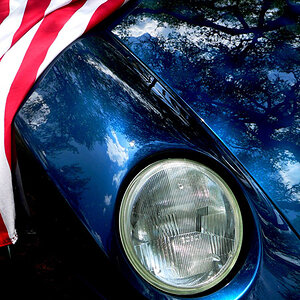
![[No title]](/data/xfmg/thumbnail/34/34348-b1d1a8e4f9da40319cac8b9f03cce084.jpg?1619736384)
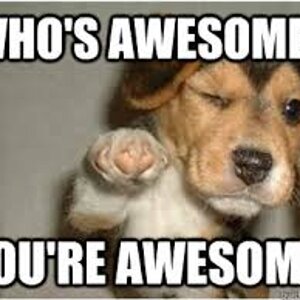
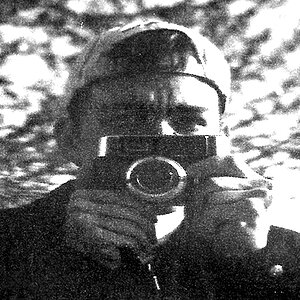
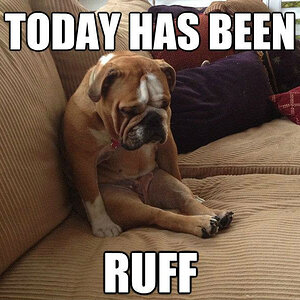
![[No title]](/data/xfmg/thumbnail/30/30992-773558233723ab0d28c307a97a1a2427.jpg?1619734556)
![[No title]](/data/xfmg/thumbnail/32/32941-f21147be61c00828a23d6ce011d840eb.jpg?1619735773)

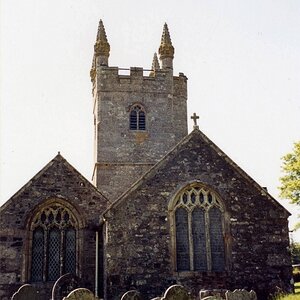
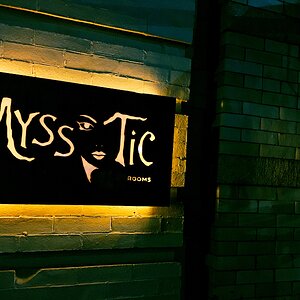
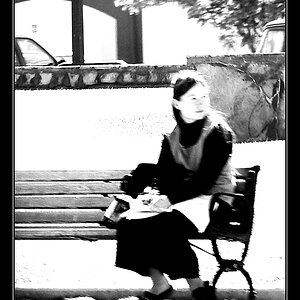
![[No title]](/data/xfmg/thumbnail/30/30996-79ed44b1137a7c3ab5b0a1146b111238.jpg?1619734559)